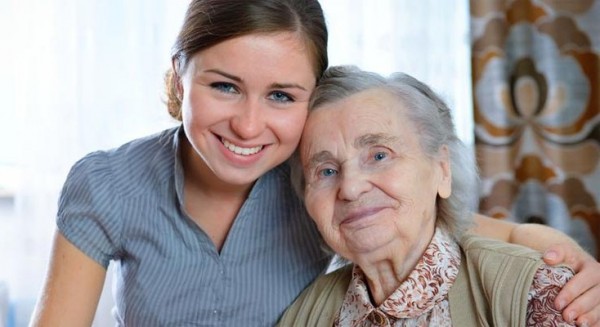The US is witnessing an aging boomer population. Disability during the older adult stage is commonplace and is undeniably reducing the quality of life among seniors. In addition, disability also demands pooling of numerous health care resources and services, which in turn makes it costly and frustrating to the entire family.
The presence of disability is the main reason why seniors and their children consider admission to long-term care facilities. These health care institutions specialize in senior care, and aim to improve the quality of life of the elderly despite physical and mental disabilities.
For seniors who only have minor disabilities, rehabilitation services not only help them in regaining their physical faculties, but also reduces their expenses on the long term. Disabilities that are successfully resolved through proper guidance, care, and rehabilitation translates to lower expenses on health care in the future. Limiting disability should be the main priority of children who want to transfer their disabled elderly under the care of nursing home healthcare professionals.
Who are the disabled elderly?
When the word disabled comes to mind, we most often think of walking difficulties as a result of accidents, disease, or injury. In the case of senior nursing care, the word is used as an umbrella term that includes all forms of impairments, including physical limitations and restrictions in the ability of an elderly in the performance of activities. It is therefore a complex condition that reflects the interaction between two factors, namely a person’s physical condition and the qualities of the society where one thrives.
Two terms that are relevant when discussing the disabled elderly are activities of daily living (ADLs) and (IADLs) instrumental activities of daily living. The former refers to activities that evolve around personal care such as bathing, tooth brushing, dressing up, eating, and use of toilet among many others. The latter on the other hand refers to activities such as walking, managing finances, shopping, medication managements, and use of public transportation. IADLs are more complicated activities, especially among seniors diagnosed with cognitive impairment.
Most commonly disabled elderly are those that suffer from the following conditions:
- Arthritis
- Alzheimer’s Disease
- Dementia
- Stroke
- Heart problems
- Vision impairment
- Cognitive decline and impairment
- Hearing impairment
- Chronic Obstructive Pulmonary Disease
- Cancer
- Degenerative Neurological Disorders
- Falls and fractures
- Foot injuries
The disability among the elderly is a result of one or more of these identified risk factors:
- Chronic debilitating disease such as diabetes, stroke, and congestive heart failure
- Physical inactivity as a result of aging
- Malnutrition in the older adult stage
- Obesity
- Depression
Comorbidities is a phenomenon in which an older adult suffers from two or more chronic conditions resulting in more serious form of disability. For instance, a senior suffering from diabetes suffer from physical inactivity, loss of sensation, and visual impairment which translates the need for more intensive long term care.
Management Tips for the Disabled Elderly
Children who assume the role of primary caregivers, should consider placing their parents under specialized, long-term care for adults. Nursing homes and assisted living facilities not only boast skilled and knowledgeable personnel, but also feature amenities and the ideal environment too.
It is also best for seniors to undergo a comprehensive health exam to identify all existing medical conditions as well as problems. This step will serve as a guide for children when making a decision as to what type of senior care institution elderly parents should be placed.
Effective treatment and continuous rehabilitation of serious medical conditions is also an excellent way of reducing a senior’s level of disability.
Children should routinely review the drug treatment regimen of senior parents. Prescription should be updated, and should be taken on time all the time!
Nutritional support is yet another way of improving the sense of health and wellness in disabled seniors.
Mobilization exercises and comprehensive rehabilitation plan are important as they not only improve physical strength, but boost self-esteem too.
Provide all the machinery and equipment needed to assist seniors and ultimately improve their quality of life.
